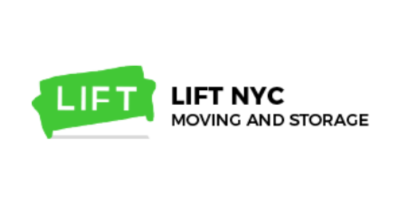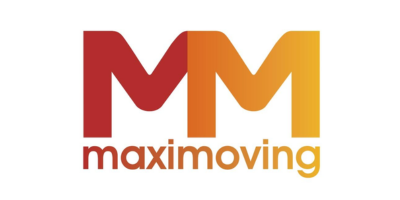$1,351 to $9,900 may seem like a lot of money, but there’s a method to the madness. Let’s take a look at some of the most common factors behind the price tag:
1. Distance
We’ve mentioned it before, but the distance between point A and point B is probably the biggest factor behind your moving cost. More miles mean more money, so prepare your wallet for the 790-mile trek from New York to Chicago.
2. Weight/Volume
Aside from the distance, the sheer amount of stuff is the next most important factor. Fortunately, you can downsize to reduce your price a little. Movers will either assign a weight (in pounds) or a volume (in cubic feet) to all of your belongings, so the less you have, the better.
3. Packing
Yes, you can save money by packing by yourself, also. But this is one of those moments where shelling out a little now can save you a real headache later. Not only is professional packing much more convenient, but it’s also an important prerequisite in case you need…
4. Insurance
Insurance. Do you need it? If you value your belongings, yes. Moving companies are legally required to offer a basic insurance plan, but this is usually just for $0.60 per pound of lost or damaged items.
Break a 4-pound laptop? Enjoy that $2.40. If you want full-value coverage, you’ll have to pay extra. You’ll probably have to pay for packing, too.
5. Access Fees
Access fees apply to all those tricky hallways, tight staircases, and elevators that require some serious Tetris skills. If your place is an obstacle course, your movers will charge you extra. It’s a good idea to get in touch with them ahead of time so they know what to expect (and so you know how much they’ll be billing you).
6. Shuttles
Long distance movers typically use semi trucks for interstate hauling. The only problem is most cities don’t allow semi-trucks to park on their teeny tiny little streets.
In these situations, your movers will have to use a smaller truck - a shuttle - to transport everything between the main truck and your front door. Not cheap, not convenient, and no thanks to city hall.
7. Specialty Moving
We’ve been in the moving game for over a decade, so we’ve seen some weird asks. Sure, you’ve got pianos and pool tables, but there are also vintage motorcycles, modern art, and everything else that won’t fit in a Home Depot box. Your movers will have to build custom crating, and in some cases even use a winch to lift stuff out the window.
8. Assembly/Disassembly
In some cases, your movers won’t have to break out the crane. But they’ll still need to break out the toolkit. Some long-distance movers offer furniture assembly and reassembly. It makes life a lot easier, but much like packing, it comes at an extra price.
9. Gratuity
This one isn’t explicitly included in your quote, but it’s good to keep it in mind. Tips are accepted and expected in the moving industry. It’s hard work, and unless your movers explicitly decline gratuity, you should budget out a tip. 15% to 20% of the total cost of your move is a good number, to be divvied up across your whole moving team.




